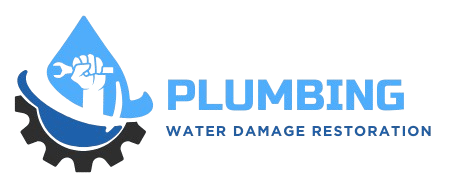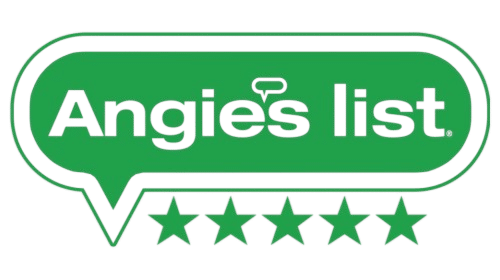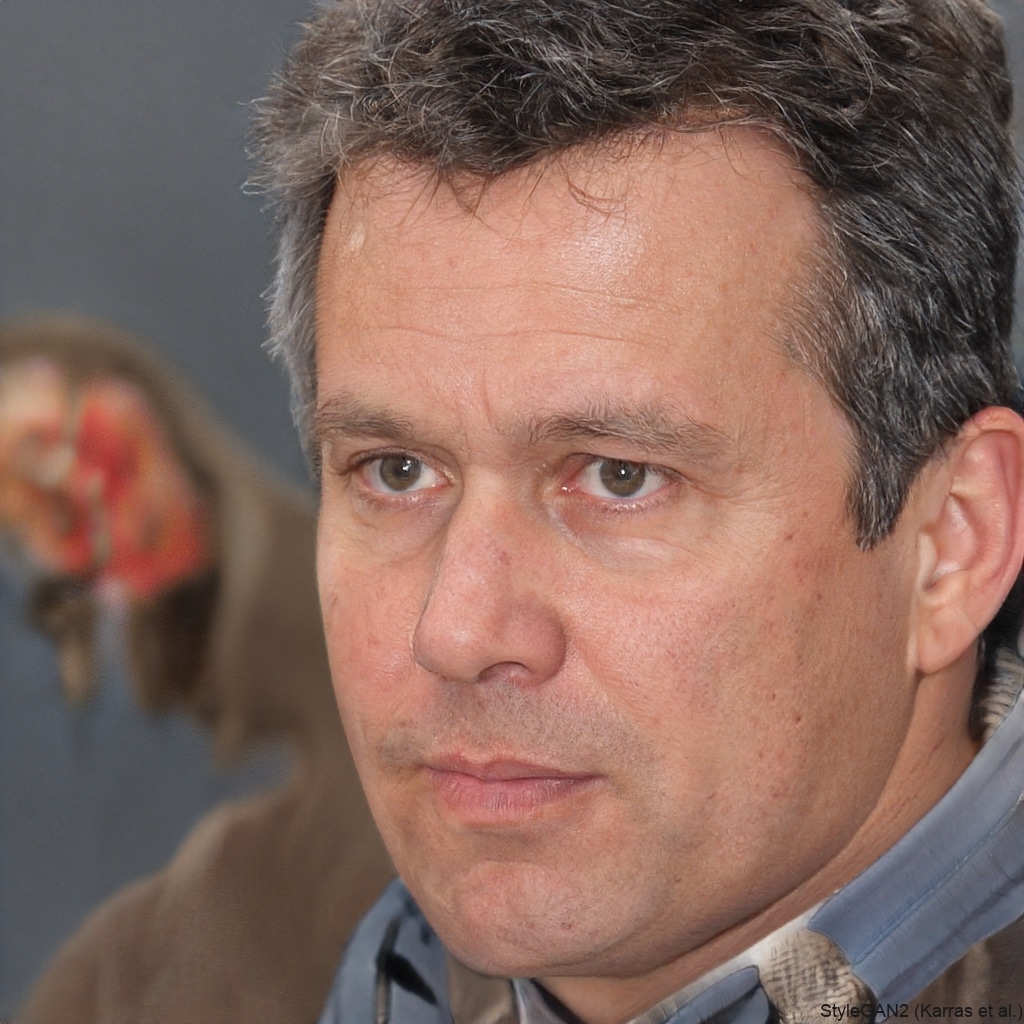Choosing the proper type of sewer repair for your Arvada property can be a vital decision influenced by many factors like how bad the pipes are damaged, what the pipes are made out of, and where in the sewer system the problem is located. You might think of traditional sewer repair methods as being the same as dig-and-replace. In reality, dig-and-replace is one method of traditional sewer repair, and there's another traditional method that's a little less invasive. However, dig-and-replace sewer repair is suit when your home's sewer lines are collapsed or badly damaged. It's probably not the right choice for you if your lines are mostly intact. Moreover, just because dig-and-replace is a trench-intensive method of repair doesn't mean it should be avoided at all costs. If you've got severe sewer line problems, dig-and-replace is a way to ensure that your sewer system comes out of the repair process intact.
On the other hand, methods such as pipe bursting and slip lining, which fall under the umbrella of trenchless sewer repair, provide a less invasive solution. The name of the technique tells you most of what you need to know. With pipe bursting, technicians break apart the old sewer pipe while simultaneously pulling through (or “bursting”) a new pipe behind it. This method offers a significant upgrade in the old pipe’s structural integrity. It’s like not just fixing but actually improving what was there in the first place. That said, pipe bursting is not always a viable solution, especially if the replacement pipe will be of a larger diameter than the old one was (for instance, if the old pipe was made of clay). Still, when it’s an option, it is a very good one. Both pipe bursting and slip lining offer residential sewer systems a chance to be rebuilt with modern materials and techniques while making only as much disturbance as is strictly necessary.
Choosing the correct method to repair a sewer line in Arvada calls for an accurate diagnosis, as each technique has its strengths and is best suited for certain problems. The sooner a sewer issue is identified, the better—most covert ruptures can be diagnosed with minimal destruction and expense early on. There are many "first steps" to take when you realize your sewer line has a problem; maintenance and regular inspections are certainly at the top of the list. They can make the difference between having a small, manageable problem and one that is wreaking more serious havoc in your life; even a weekend of missed bathroom plumbing can have "serious consequences" in some cases. And once you've called in a reputable line replacement professional, you're going to want to trust them to figure out what went wrong and to present you with a fix that both makes sense and won't break the bank.










